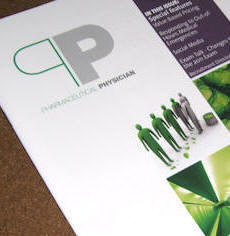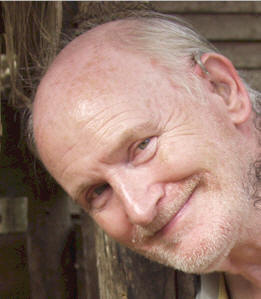

Hugh Gibbons'
references and extra information
PPhunnybone for March 2015
for
pharmaceutical physicians, colleagues and friends

 |
||
|
|
Hugh Gibbons'
references and extra information
|
|
|
PPhunnybonus Home |
PPhunnybones References |
PPhunnies at Work |
PPhood
for Thought |
PPhurther Education: Dip.App.Gelotology |
PPhunnybonus Contact |
|
|
|
||
|
SAVING PORTILLO’S PRIVATES
PP readers of a sensitive nature (both of you) should look away now. And people introducing presentation skills courses who claim something that goes like this: “It’s been scientifically proven that 75% of all communication is by body language, 20% by voice, and only 5% by the actual words.” Except insofar as it isn’t. Such claims are - to use the globally-recognised technical term - a load of bollocks; of which, more anon. (Challenge trainers by asking if they’ll mime the rest of the conversation. They might do better to encourage everyone in meetings to SPEAK UP instead of believing quiet voices will do. Or when you’re not talking, look interested in what other people have to say.)
But at the declaration in 2005, when Twigg lost the seat, his hands were again behind his back. It’s his everyday stance. Likewise, Portillo’s affable TV rail journey programmes show it’s natural for him to stand hands folded in front (as with many women in public settings). Their normal baseline behaviour is on show, and needs taking into account. As folk psychologist Willy Shakespeare put it (Body language 0%, Voice 0%, Words 100%), there’s “no art to find the mind’s construction in the face”. So be wary before you diagnose someone’s inner state just from their outward appearance. If I fold my arms, don’t construe that as repelling you; it’s just to be comfortable when arthritis grips my hands. Unless you’re an overclaiming presentations trainer. Then lend me your ears - for bending. |
|||

For more information at any time,
contact E-mail: hughgibbons@just1.org.uk
|